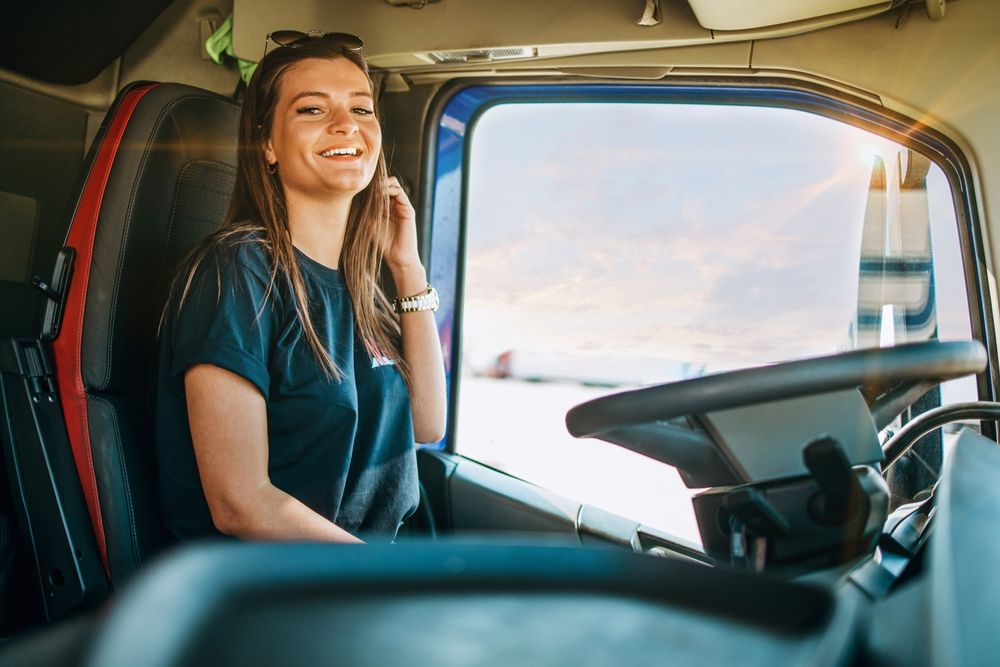It’s lunchtime, and you pull up to a fast-food place. You
order a burger, the clerk asks if you want a combo, and then they ask if you
want to upsize your combo for a little more money. You can think of the
differences between CDL classes in a similar way.
- Class C is like a value menu burger—it’s cheap and gets the
job done, but you’re probably going to want more.
-
Class B is a combo—it costs more but you have more options,
and you get bigger portions.
-
Class A is an upsized combo—it’s more money, but you’re
getting an even bigger portion.
(Check out this blog for a more technical and detailed explanation of the
differences between CDL classes.)
Class C to B
Let’s look back at the fast-food illustration. A value menu
burger (Class C CDL) is going to be bare bones. It is so different from a combo
(Class B) that they’re not even listed on the same part of the menu.
Class C only requires a knowledge and skills test at the
DMV, while Class B requires Theory training, Behind-the-Wheel (BTW) training, a
knowledge test, and a skills test. Upgrading from a Class C to a Class B is
basically starting from scratch on your Class B.
(Check out this blog for a guide to get your Class B!)
Class B to A
The jump from Class B
to Class A is a lot like upsizing a combo. The food is basically the same, but
you’re getting more of it. A very generalized way to think about the
differences between Class B and Class A is to think about the vehicles you
drive with them. Class B is typically a dump truck or a city bus, while Class A
is generally a tractor and trailer.
The basic concepts are still there, but Class B is just
missing some pieces. This is why the B-to-A upgrade has ELDT (Entry Level
Driver Training) requirements. These requirements are:
- Take a B-to-A upgrade ELDT theory course
-
Take a Class A BTW course
-
Take Class A written and skills tests the DMV.
Also,
the B-to-A upgrade still certifies you to drive Class B vehicles, and you get
more bang for your buck, just like with an upsized combo!
The Two Training Paths
Many trucking schools will offer the theory and BTW courses
for an all-in-one program. Trucking schools have a lot of costs to maintain the
vehicles and keep the school insured and running, so it makes sense that the
BTW training is the most expensive part of getting your CDL.
Some people have found that they can save some money by
taking the theory and BTW trainings from different providers. That’s where we
come in.
Testing
If you have your Class B, then you know that you’ll have to
take a written and a skills test to get your CDL. It’s the same process that
you passed before; there’s just a few different questions that you’ll have to
answer. The key is that you’ve done this before—don’t freak out and you’ll be
able to do it again.
Each state requires their own applications,
forms, proofs of residency, testing fees, and scheduling requirements. Contact
your DMV to find out exactly what you’ll need.
How We Can Help
We offer the Class B-to-A ELDT course here for only $99!
As a registered provider with the FMCSA’s Training Provider
Registry, our Class B-to-A ELDT theory course meets all CFR and FMCSA
regulations. Like all our courses, the Class B-to-A ELDT course is self-paced
and designed with industry experts and professional educators to ensure that
what you learn in the courses sticks with you long after you finish the
training.
You’ve got a lot going on in your life and a whole lot of
new information to learn; we get that, which is why you’ll never lose access to
the course. You can come back to review the material as many times as you need
or want to!
The Bottom Line
You know that upgrading your CDL is the right fit for you;
now, it’s time to find the training provider that fits you too. The DMV can
only accept training records from approved providers, so make sure that you use
the FMCSA’s Training Provider Registry to find approved providers and keep
yourself and your wallet safe.

